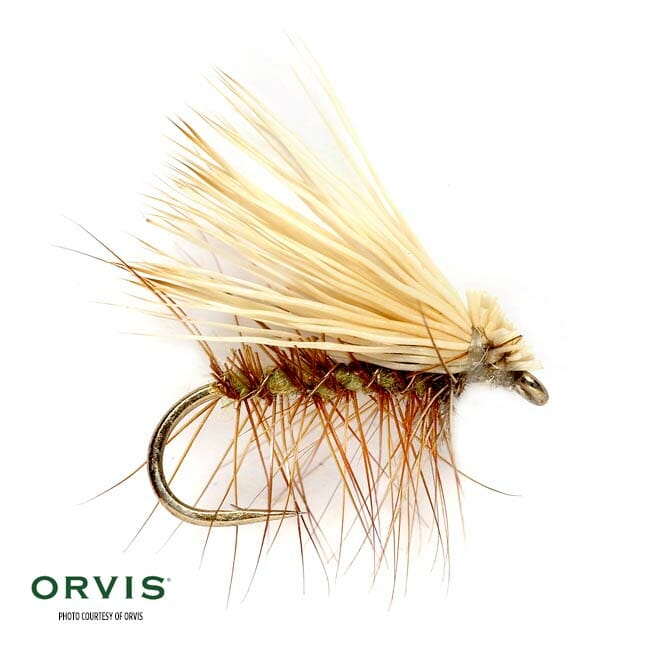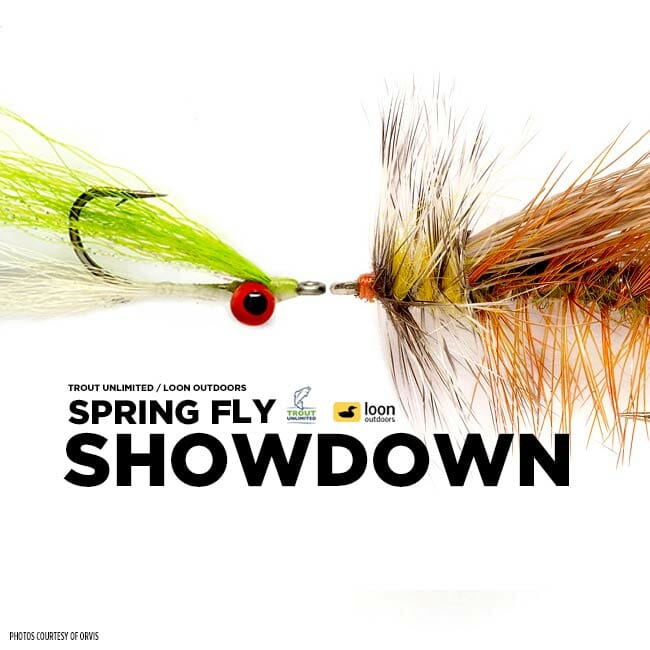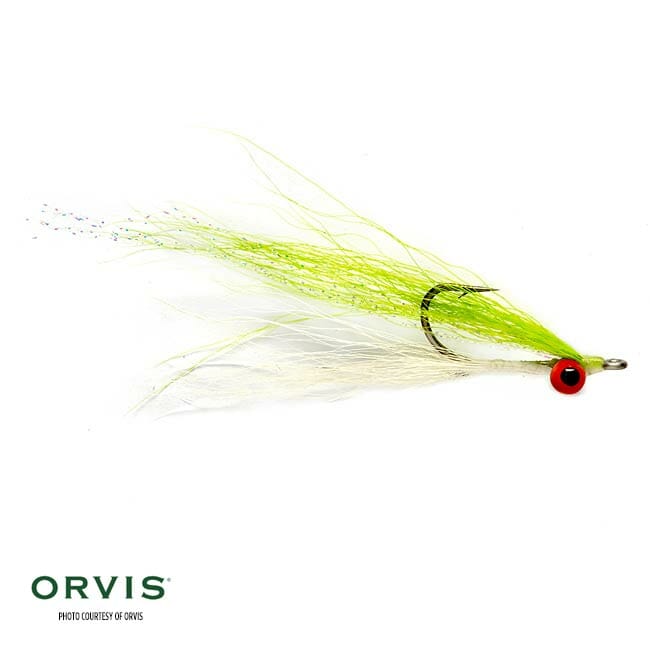Editor’s note: The biggest sporting event of spring, the NCAA basketball tournament, is simply not happening this year thanks to the coronavirus pandemic. Anglers, though, can still effectively “social distance” and go fishing in areas where it’s safe and legal to leave the house, using their favorite flies. In that spirit, TU and our friends at Loon Outdoors are teaming up to offer the Spring Fly Showdown—a vote-to-win tournament featuring some of the best-known fly patterns out there. Over the course of the next two weeks, we’ll pit great flies against each other in a “March Madness”-style bracket. You pick the winners of each “game,” and any who vote will be entered in a contest to win great Loon fly-tying equipment.
One of the world’s most beloved dry flies faces off against one of the best baitfish imitations ever tied in the second round of the TU-Loon Spring Fly Showdown. The venerable Elk-hair Caddis goes up against the “new classic,” Bob Clouser’s famous minnow.
The Couser minnow is a weighted baitfish imitation that seems to have been around forever, but its namesake, Bob Clouser, tied the first one in 1987. Ironically, Clouser didn’t name his fly—fellow angling legend Lefty Kreh gave the fly its name in 1989 in an article published in Fly Fisherman magazine. Kreh claimed to have caught nearly 90 different species of fish on the Clouser.
The fly was first crafted to target smallmouth bass, but over the years, it’s become a staple pattern for everything from trout and pike to saltwater critters, like tarpon, redfish and spotted sea trout. It might be the “universal attractor,” the fly that all of have in our fly boxes, regardless of what we’re after on the water.
Tied almost always with bucktail and weighted eyes, the Clouser is a true streamer and almost always fished to imitate baitfish. The prominent versions of the fly are tied with a darker back and lighter belly (the fly fished hook up), but today’s anglers are now fishing Clousers that feature almost every color in the spectrum.
Like a lot of classic fly patterns, the Elk-hair Caddis was born among the great trout waters of Pennsylvania. First tied by Al Troth in 1957, the Elk-hair caddis remains a fly-box staple to this day.

Tied to imitate a specific bug during its adult stage, this pattern has been altered and re-altered many times, but the elk hair has largely remained a “requirement” when crafting this fly at the vise. Later variations have been tied to include a nymphal “shuck” to make the fly imitate an emerging adult stuck in the surface film, and other tiers and customized the fly’s colors to imitate hatches on their home waters. Regardless, for a caddis hatch, the Elk-hair Caddis imitation is a go-to pattern for most angler who enjoy dry-fly fishing for consistently rising trout.




